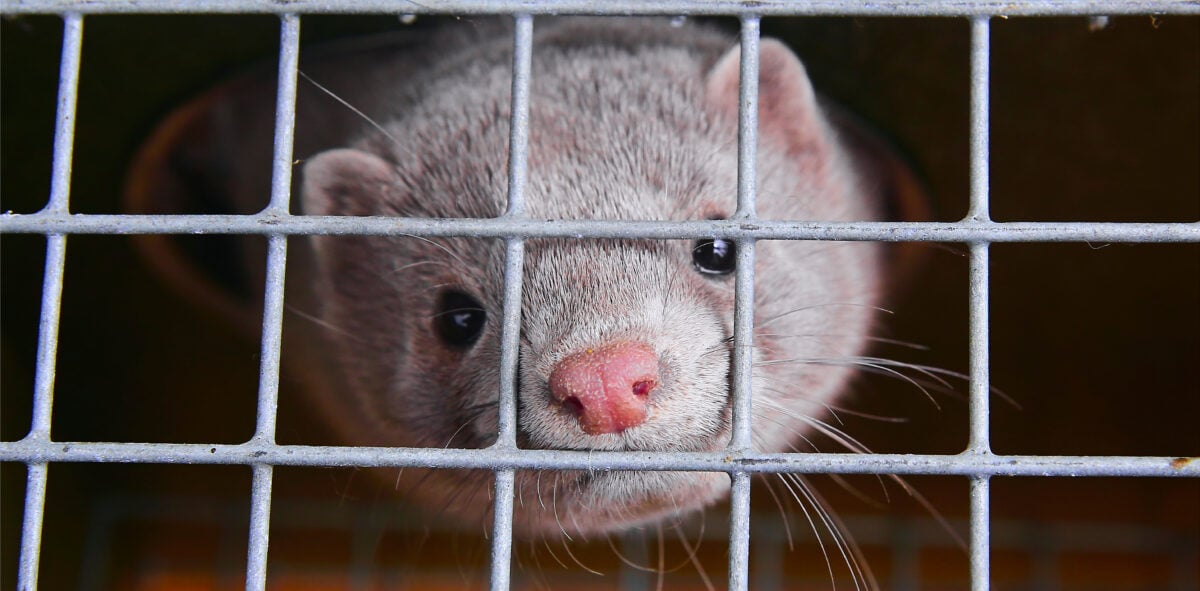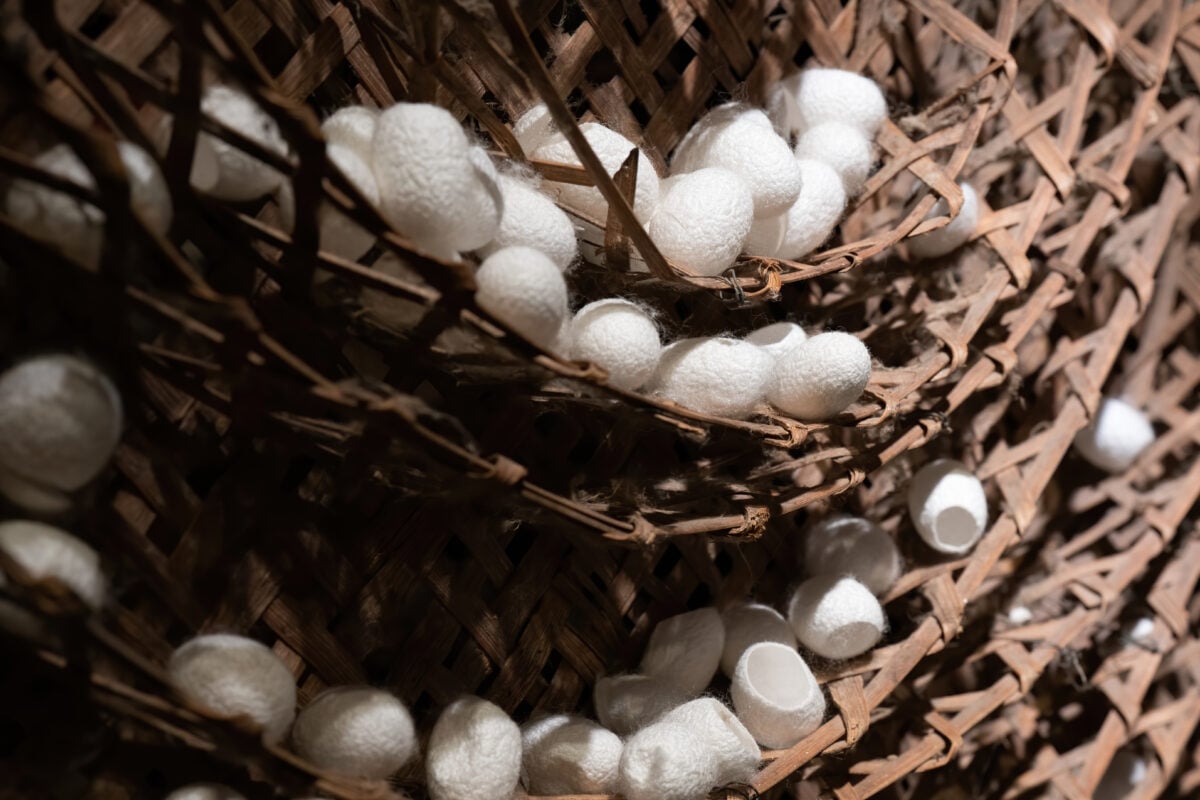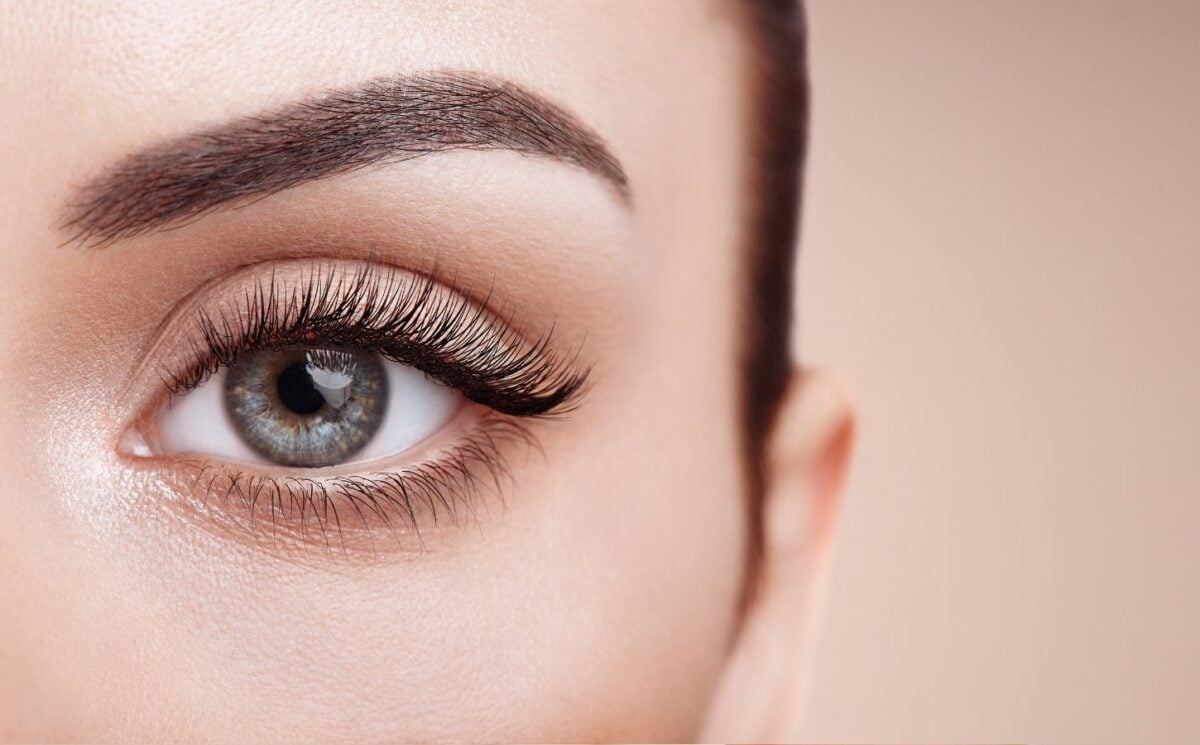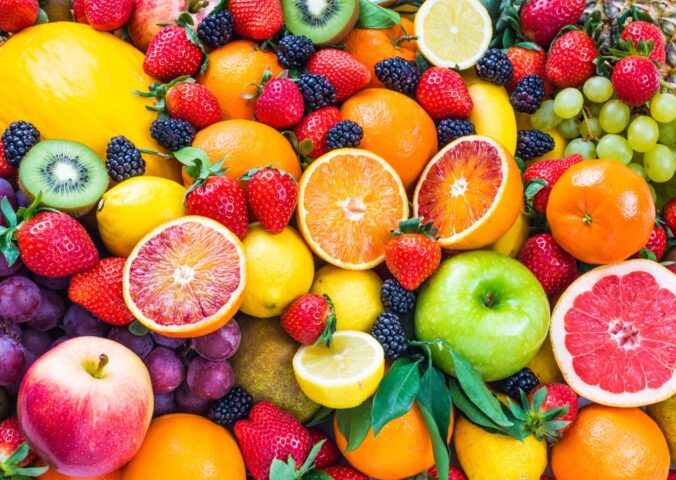False eyelashes are an easy way to add drama to your look for a night out and for photographs. You might assume that false lashes are all made from synthetic materials, but this isn’t always the case.
Fur from minks has been used to make false lashes valued for providing a natural appearance. About a decade ago, the celebrity penchant for these fur lashes made them popular in beauty salons across the UK.
Some salons and companies selling the lashes claim they are cruelty-free. But in truth they come from minks farmed in horrible conditions.
Confusingly, false lashes made from synthetic material can also be labeled as “mink.” Meanwhile, some false lashes are made using silk – some of which are made with real silk. Others are synthetic silk, making them vegan-friendly.
Here’s everything you need to know about the animal products used in false lashes – and what vegan and cruelty-free options there are instead.
Mink fur lashes
Luckily, synthetic lashes are more common these days than ones made with real mink fur. But there are still some real fur options available to buy online and at some salons. They are often labeled cruelty-free because they are said to be made with fur that has simply been “brushed” from living minks.
This doesn’t mean the minks are not subjected to cruelty – or to slaughter. The fur used in false eyelashes comes from minks who will eventually be killed and skinned, their pelts sold for fashion.
Mink farming

Fur farming is among the cruellest forms of animal farming. In order to keep the fur in good condition, the animals are kept in solitary wire cages as otherwise they would be likely to fight each other.
Last year, a Finnish animal rights group obtained footage and images from inside more than 100 fur farms across Europe. The minks – and other animals including foxes and raccoon dogs – were found to be living in appalling conditions.
Self-mutilations and festering untreated wounds were common. In cases where more than one animal was kept in a cage, they frequently cannibalized each other.
These “stereotyped” behaviors are a well-known problem among animals kept in battery cages. Stereotypes are abnormal, repetitive behaviors born of extreme mental distress.
“Wearing mink eyelashes essentially means wearing fur on your face,” PETA’s Vice President of Programmes Elisa Allen tells Plant Based News. “[The animals] are driven to insanity by extreme privation and fear. After a life of abject misery, they’re crudely gassed or electrocuted or their necks are broken, causing them to suffocate slowly.”
Minks don’t need brushing
Claims by manufacturers or sellers of false eyelashes that the fur is merely “brushed” from the minks are likely untrue. Minks are not domesticated animals and would not willingly let humans handle them. Nor do they need to be brushed, as in the wild they do not require human intervention to maintain their coats.
For these reasons, according to PETA, it is likely that fur sold for making eyelashes comes from minks that have in fact been killed first.
Pandemic risk
Mink farms came under the international spotlight in 2020 when minks were found to have contracted Covid-19 from farm workers. Many mink farms around Europe were subsequently shut down, with millions of minks killed as a result.
In 2023, scientists warned that minks pose more of a risk “than any other farmed species” for disease outbreaks and pandemics in the future. This is because minks can easily be infected with many of the same viruses that infect humans.
Silk lashes

Real silk lashes are pretty uncommon, but they do exist. Some people may prefer the idea of silk eyelashes as a more ethical but still “natural” alternative to mink fur lashes.
Silk comes with its own ethical costs, however. On silkworm farms, the worms – which are actually moth pupa – spin their cocoons and enclose themselves inside. The cocoons are then placed in very hot water to unravel them, boiling the pupa alive. Left to live, they would have become moths.
There is growing evidence that insects might be sentient and able to feel stress and pain. Many ethicists now argue that we should air on the side of caution and avoid farming and killing them. This is particularly because making products from insects, like silk, require millions to be killed at a time. The potential levels of suffering involved are therefore enormous.
Cruelty-free options
Luckily, there’s no need to give up false eyelashes. You just need to choose ones free of animal products. “People may wear mink lashes because they’re unaware of the cruelty behind them,” says Allen. “But once they learn that the animals used for these products are treated as appallingly as those whose fur is turned into mink coats, they invariably opt for animal-free choices.”
Faux mink and synthetic silk
Quite a few false lashes are marketed as “mink” or as “silk” but quite often they are actually made of synthetic materials. “Mink” and “silk” are used to denote the type of texture and look someone can expect from the lashes.
“PETA and our international affiliates have alerted beauty brands to the unethical production of mink lashes – and companies such as Tarte, Too Faced, Urban Decay, Sephora, and, most recently, Velour have committed to selling only cruelty-free, vegan lashes,” says Allen. One company that is yet to do so is Lilly Lashes, and PETA is urging the company to move away from fur.
Synthetic lashes are often made from polybutylene terephthalate (PBT), a type of plastic. While these are cruelty-free and vegan, some people may wish to avoid having yet more plastic products in their life that will end up breaking into microplastics in landfill.
Plant-based false lashes
Canadian company Velour has begun selling false lashes made from hemp fibers. The plant-based lashes come in a range of styles and can be reused at least 20 times, according to Velour. The packaging is also recyclable, and the ink is soy-based.
Plant-based lashes aren’t common yet. But as more people seek vegan and eco-friendly beauty options, there could be an untapped market for such a product.






